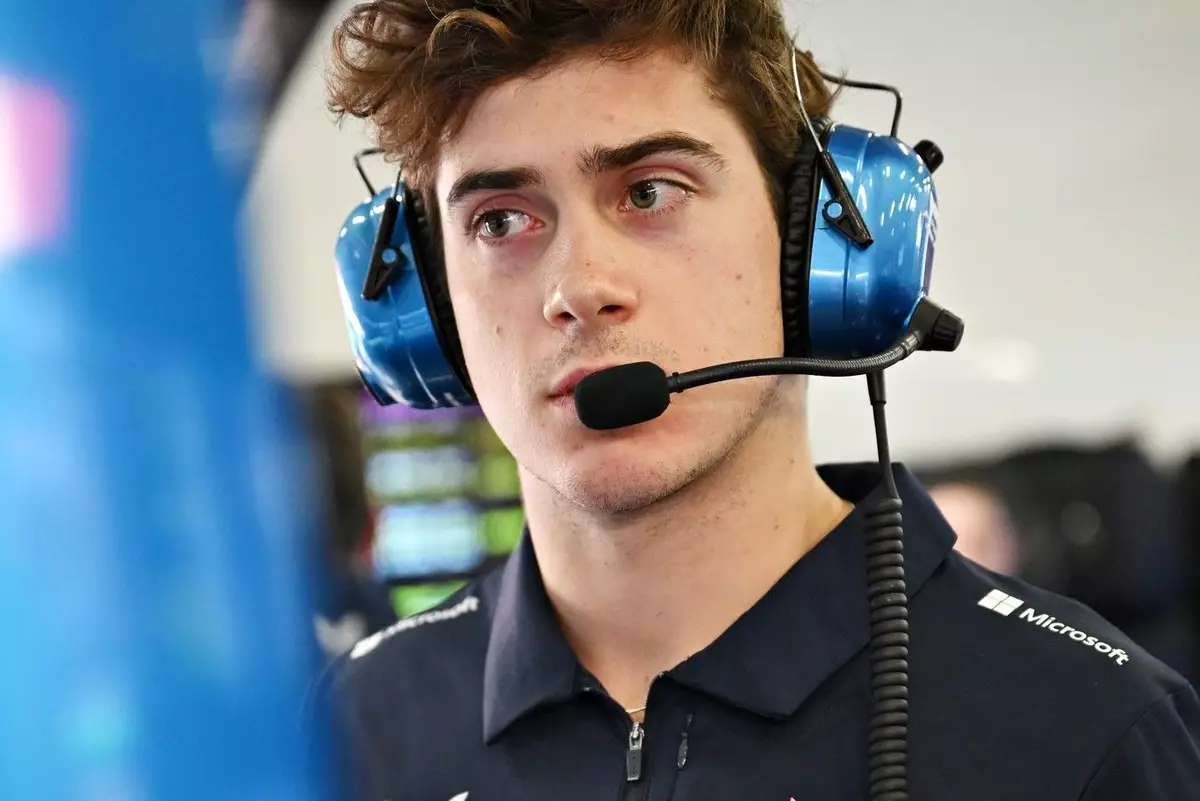This weekend marks a pivotal moment for Franco Colapinto as he steps into the cauldron of Formula 1 at his first grand prix since last year, following in the wake of Jack Doohan at Alpine. The racing team, based in Enstone, has garnered a reputation not merely for its on-track performances but for its notorious operational chaos. Since its rebranding under the Renault umbrella in 2016, Alpine has been a tapestry of upheaval, marked by a constant carousel of technical directors, management turnover, and, most recently, a return to the fold by former team principal Flavio Briatore. Briatore’s return as an ‘executive advisor’ and the rapid resignation of Oliver Oakes, who seemingly danced out of the limelight just as Colapinto’s ascension was confirmed, adds layers of intrigue to an already tumultuous saga.
Beneath this facade of instability lies a more profound narrative about what it takes to thrive in an environment tinged with discord and uncertainty. The departure of Oakes was not merely a personal setback; it occurs alongside troubling headlines involving his brother, charged with serious allegations. Such incidents only deepen the air of crisis around the organization, yet they also echo a timeless truth in motorsport: talent often rises from adversity.
Resilience of Talent Amidst Chaos
While many would falter under such pressures, Colapinto’s ascent represents a beacon of hope within a chaotic framework. James Vowles, team principal of Williams, has championed Colapinto, asserting confidence in his ability to excel even in turbulent times. Vowles, with his experience cultivating young talent, believes that the current environment at Alpine can serve as a personal crucible. The lessons learned from racing within a disordered team could be invaluable, potentially shaping a stronger driver than before.
Indeed, Colapinto did not come by this opportunity lightly. His tenure at Williams showcased his talent over nine grand prix, a glimmer of brilliance amid the struggles of more seasoned teammates. Yet, the shift to Alpine was not just another step but a calculated move into a deeper pool of opportunity. With whispers of racing contracts being reassessed, Colapinto’s transfer marks a strategic pivot aimed at not merely participating but thriving. “It’s time on track, it’s time in a difficult environment,” Vowles remarked, suggesting that these very challenges offer a unique testing ground for emerging drivers.
Colapinto’s Future: A Window of Opportunity
Looking closely at the parameters of his new role, Colapinto’s window of opportunity encompasses just five races. This precarious balance creates a scenario where future prospects hinge on immediate performances—a pressure cooker scenario that could either sculpt a resilient champion or lead to another missed chance. Nevertheless, there’s a silver lining, a chance for him to carve out a legacy under strenuous expectations.
The potential that rests on his shoulders is monumental—not just for his future but also for Alpine, which is in desperate need of stable and competitive lineups. In racing, changes can often be a double-edged sword, and Colapinto’s recruitment signifies hope but is also colored with uncertainty, dependent on how well he adapts to the existing chaos of the team. “It’s his best chance of being in a racing seat, either in 2025—or more specifically, in ‘26,” Vowles noted, underscoring the importance of his performance in the immediate future.
Racing Against the Odds
In the high-octane world of Formula 1, where every lap can echo the specter of failure or triumph, it is a bold choice for any driver to enter a team amidst such turmoil. Yet, that very chaos could galvanize Colapinto to rise beyond what fans and critics expect of him. The personal trials and tribulations faced off the track, including the recent tumult faced by Alpine’s management, may very well reshape the identity he forms as a driver—encouraging him to overcome not only personal challenges but those presented by a team in flux.
Embracing the risks associated with such a rapidly shifting environment will define Colapinto’s journey ahead. With the world watching, the 20-year-old has the chance to rewrite the narrative, transforming what many perceive as a struggling team into a platform for brilliance. Whether he can weather the storm of adversity and emerge as a formidable challenger remains to be seen, but one thing is clear: the path to greatness is seldom linear, and Colapinto’s saga is a testament to that truth.

